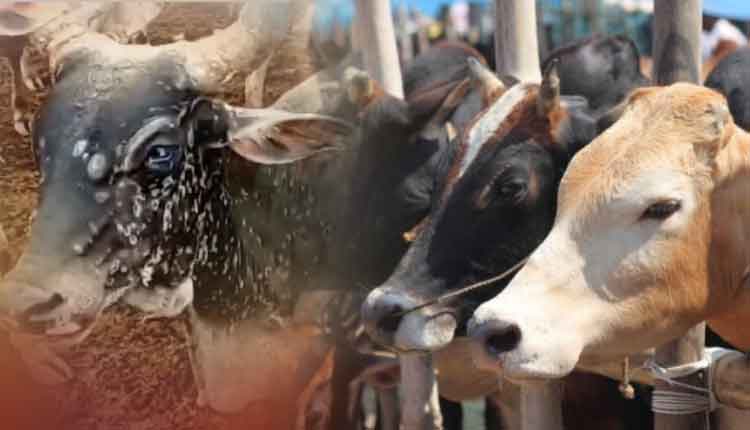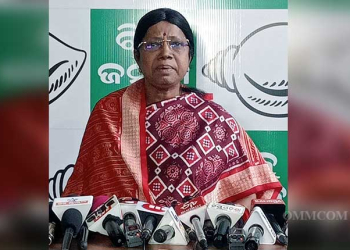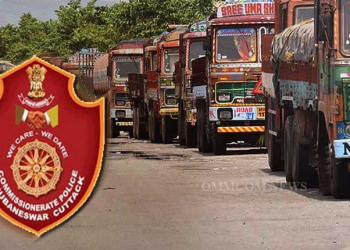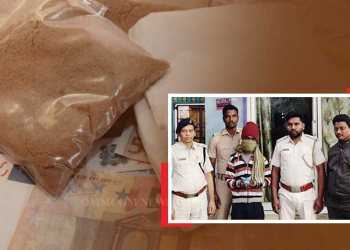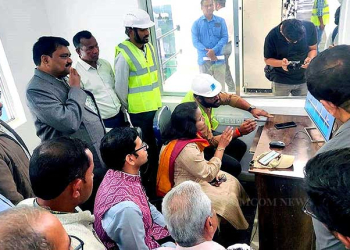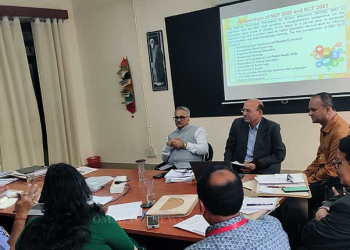Bhubaneswar: In view of the recent cases of Lumpy Skin Disease (LSD) reported in a few north India States, the Fisheries & Animal Resources Development Department of Odisha has issued an advisory to all Chief District Veterinary Officers.
The Department stated that the Lumpy Skin Disease was first reported during the year 2019 in Odisha. 24 districts were affected. A total of 5702 animals were affected in 145 epicenters. Out of which 17 animals have died. A total of 3320 animals were vaccinated with the Goat pox vaccine. The first case of LSD was reported on June 28, 2019, and the last case reported was on December 12, 2019. After that, no case of LSD was reported in the state till date.
In view of current outbreaks of LSD in more than 20 states of India particularly the northern parts of India, the department has asked to consider the following strategies for prevention of the occurrence of the disease in Odisha.
A. Preventive measures (before occurrence of disease)
1. Identification of border blocks and villages within 5 KM radius from state border along with creation of public awareness.
2. Vaccines have been procured for preventive vaccination in bordering Blocks & will be distributed as and when needed.
3. Restriction on inter-state animal movement in border blocks may be done by district administrations.
4. Trade of live cattle may be temporarily discouraged.
5. Participation in cattle fair, cattle shows should be temporarily stopped.
6. Creation of public awareness throughout the state by using social media handles, newspaper & through Dept. MVLI shall be taken up.
7. Sensitization of Vets, Paravets, Gomitras, Pranimitras, and PRI members regarding the disease and its prevention measures.
8. Adoption of vector control measures for animals like topical application of ecto-parasiticidal drugs should be taken up.
9. Disinfection of animal-shed and premises should be done with 2-3% Sodium hypochlorite solution.
B. Containment measures (After occurrence of disease)
1. Affected farms should be visited regularly by field veterinarians/ Para vets until all the cases are recovered.
2. Clinical surveillance in affected villages and its surrounding villages should be intensified.
3. The Veterinary staffs should take precautionary hygiene measures to avoid further spread of disease to other farms/ households.
4. Persons dealing with affected animals should wear hand gloves and face masks
5. Collection, preservation and dispatch of samples from suspected animals as per Gol advisory to the DDLs (District Diagnostic Laboratories) and then to ADRI (Animal Disease Research Institute).
C. Treatment protocol
1. Isolation of sick animals
2. Use of broad spectrum suitable antibiotics for 5 -7 days
3. Use of NSAIDs, antihistamines
4. Liver extract and multivitamins should be given to affected animals.
5 Use of ivermectin may be considered.
6. Local application of spray/lotion/ointment with fly repellant property in the affected lesions.
7. Immunoboosters for 1 to 2 weeks.
8. Liquid diets may be provided in case of oral lesions along with application of boroglycerine ointments.
9. Dressing of open wounds with use of gloves during handling of affected animals.
10. Suitable symptomatic treatment may be adopted as per recommendation of veterinarians.
11. Special care may be taken for recovered animals for protecting reproductive and productive values.
D. Carcass Disposal:
Deep burial of dead animals with salt and lime should be taken up.



